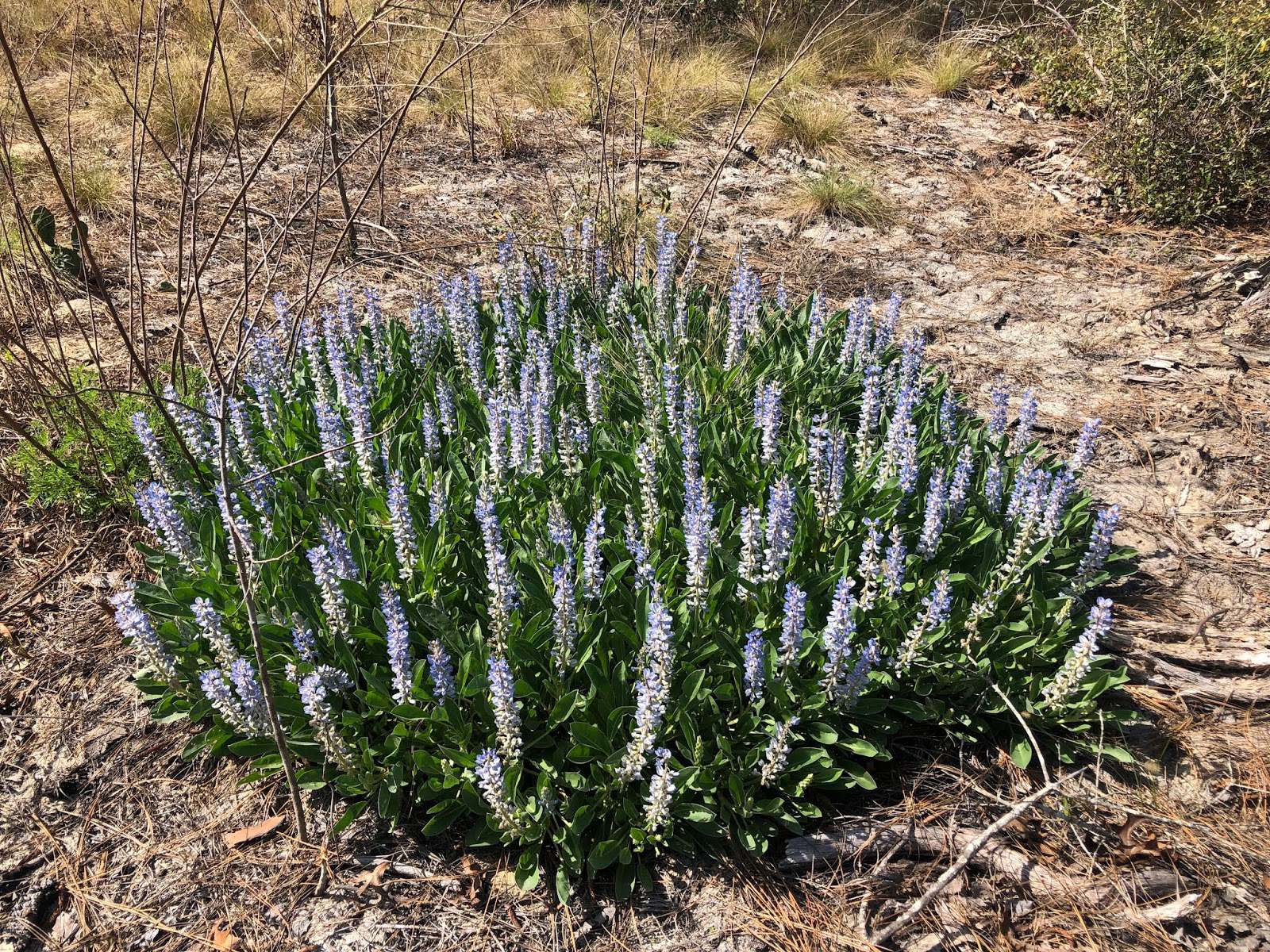Lupines (genus Lupinus) are a vital part of many ecosystems, and their role in North American butterfly gardens is no less significant. Among the numerous species of lupines, the Skyblue Lupine (Lupinus diffusus) stands out, especially within its native range in the southeastern forest and Gulf States of the United States.
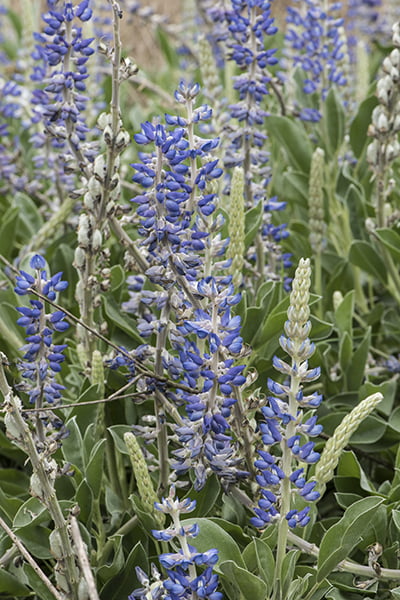
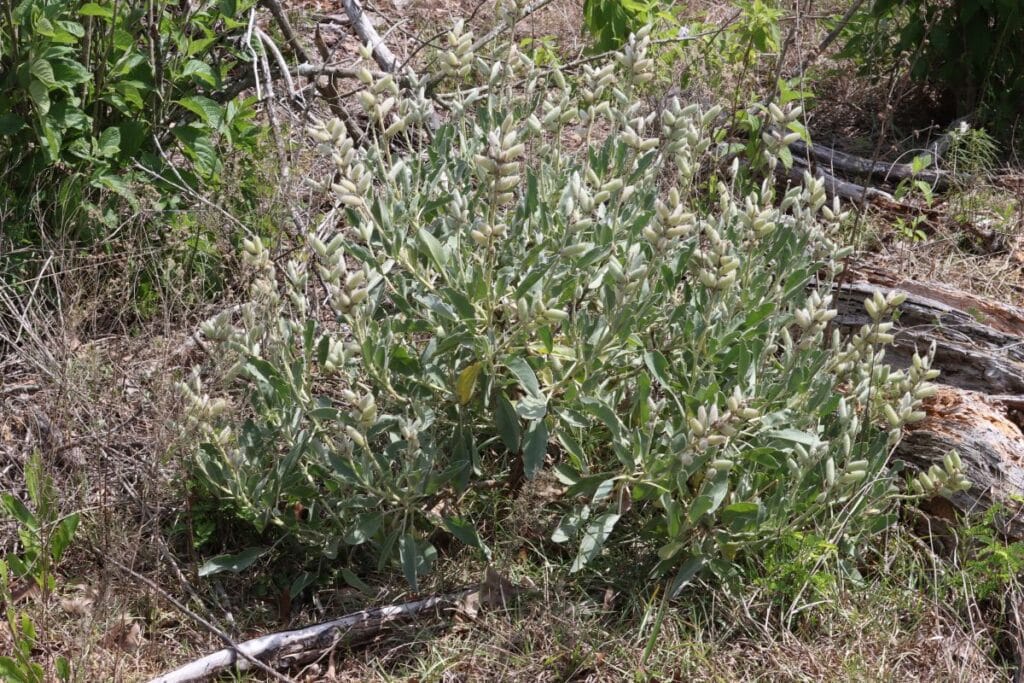
10 Florida-Native Sandhill Lupine Seeds (Lupinus cumulicola) for U.S. Southeast
Sandhill Lupine, also scientifically known as Lupinus cumulicola, gathered on the Lake Wales Ridge, an ancient sand ridge in central Florida, this fantastic plant has unique traits that not only bring a unique aesthetic appeal but also play an essential role as a butterfly larval host plant. It is native to the southeastern United States, specifically in states like Florida, Georgia, South Carolina, and Alabama.
Attracting Butterflies
1. Nectar Source: Skyblue Lupine’s beautiful blue flowers are a significant nectar source for a variety of butterflies, including native species. This supply of nectar encourages butterflies to visit the gardens, providing a great opportunity for observation and fostering a healthy population.
2. Larval Host Plant: Some species of Lupine, including L. diffusus, are known to be host plants for certain butterfly larvae. The endangered Mission Blue Butterfly (Icaricia icarioides missionensis), for example, relies on lupines as a larval host. By incorporating lupines into gardens, one can directly support the life cycle of these incredible insects.
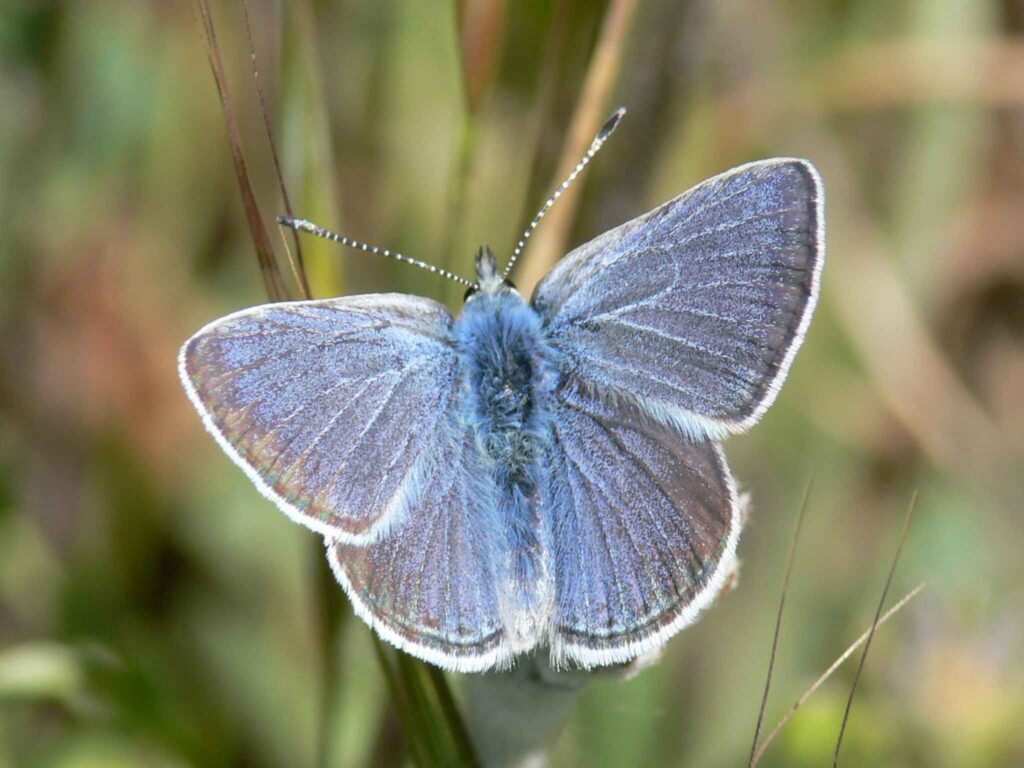
Ecological Benefits
3. Nitrogen Fixation: Like other legumes, Lupinus plants have the unique ability to fix atmospheric nitrogen into the soil. This not only helps the plants thrive in nutrient-poor soils but also benefits surrounding plants by improving soil fertility.

4. Erosion Control: Lupines, with their deep root systems, are excellent for controlling erosion, particularly in sandy soils common in coastal regions. They help bind the soil, reducing erosion and promoting soil stability.
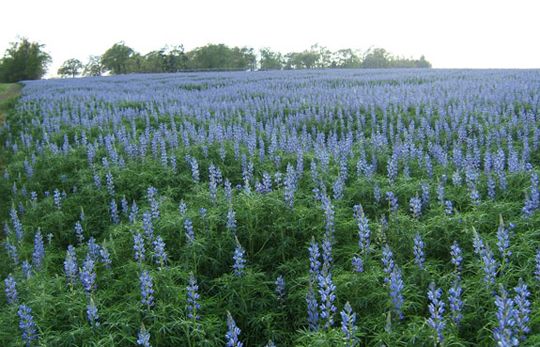
5. Habitat Support: In addition to supporting butterflies, Skyblue Lupine and other lupines provide shelter and food for various other wildlife, such as bees and hummingbirds. They are a critical component of a well-balanced ecosystem.
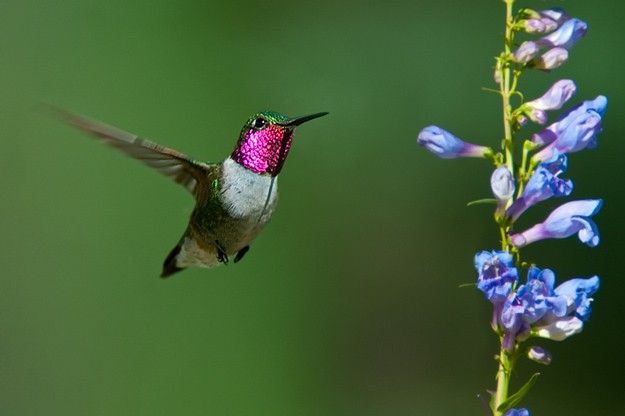
Aesthetic and Cultural Benefits
6. Aesthetic Appeal: The striking appearance of lupines, especially the Skyblue Lupine with its vivid blue flowers, adds tremendous aesthetic value to gardens. Their blooms create a visual spectacle that enhances the overall beauty of the landscape.
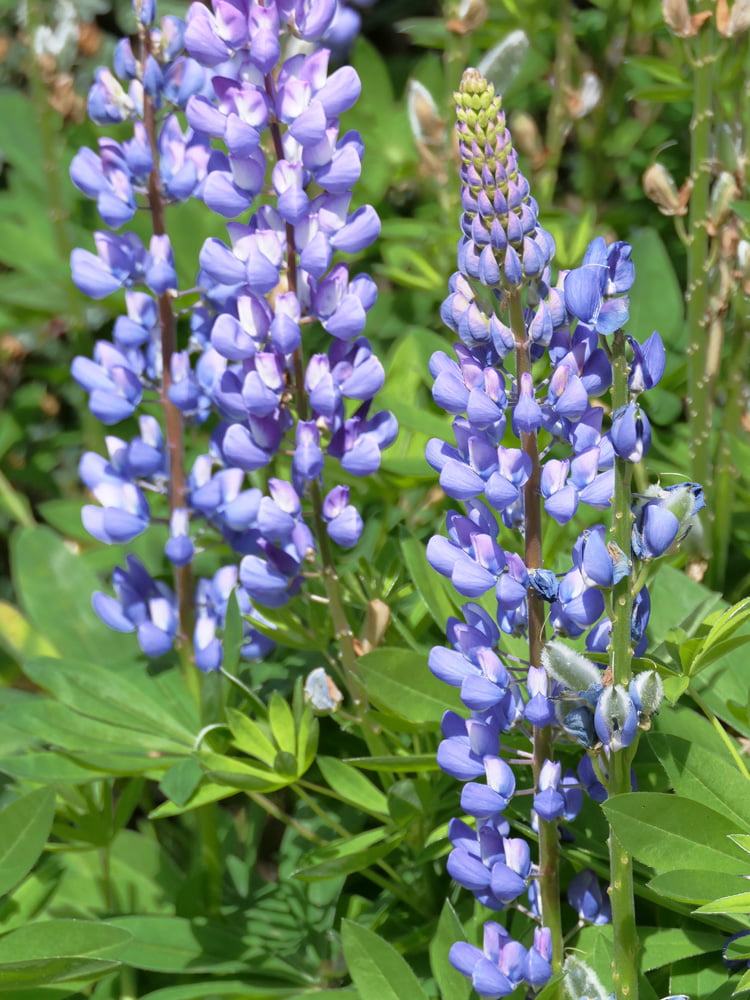
7. Cultural Connection: Lupines have been a part of Native American culture for generations. Their seeds were traditionally used as food, and the plants were used for medicinal purposes. Incorporating lupines into gardens can help maintain this cultural heritage.

Conclusion
Lupines, and specifically the Skyblue Lupine (Lupinus diffusus), offer multifaceted benefits for North American butterfly gardens, particularly in their native range in the southeastern forest and Gulf States. Their support for butterflies extends from providing nectar to serving as a host for larvae. Additionally, their ecological roles in nitrogen fixation, erosion control, and habitat support contribute to overall ecosystem health.

The rich aesthetic and cultural values further underscore the importance of integrating lupines into garden planning and conservation efforts. By embracing the Skyblue Lupine and other lupines, gardeners can create vibrant, thriving habitats that support both the beauty of nature and the delicate balance of the local ecosystem… one day at a time!

10 Florida-Native Sandhill Lupine Seeds (Lupinus cumulicola) for U.S. Southeast
Sandhill Lupine, also scientifically known as Lupinus cumulicola, gathered on the Lake Wales Ridge, an ancient sand ridge in central Florida, this fantastic plant has unique traits that not only bring a unique aesthetic appeal but also play an essential role as a butterfly larval host plant. It is native to the southeastern United States, specifically in states like Florida, Georgia, South Carolina, and Alabama.
